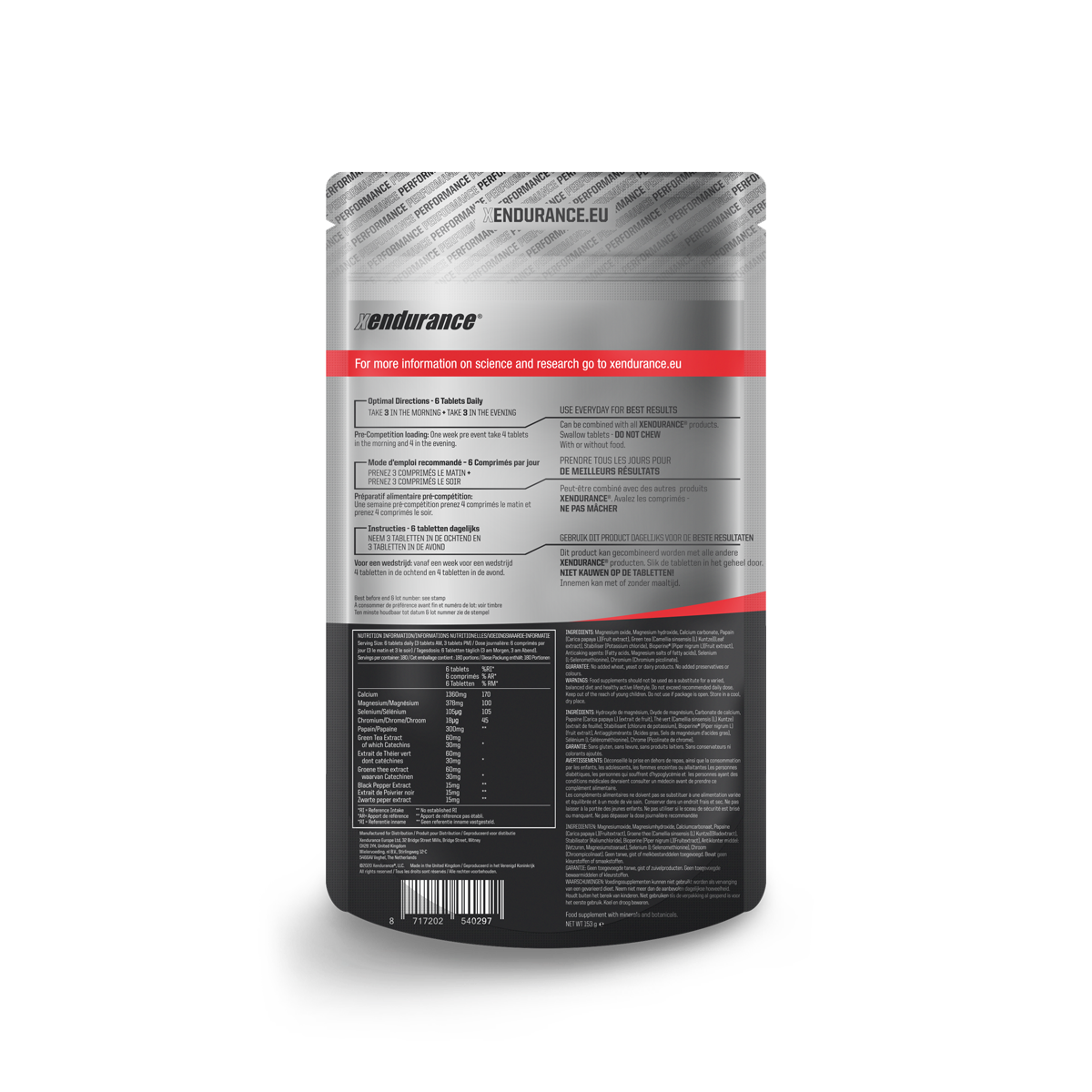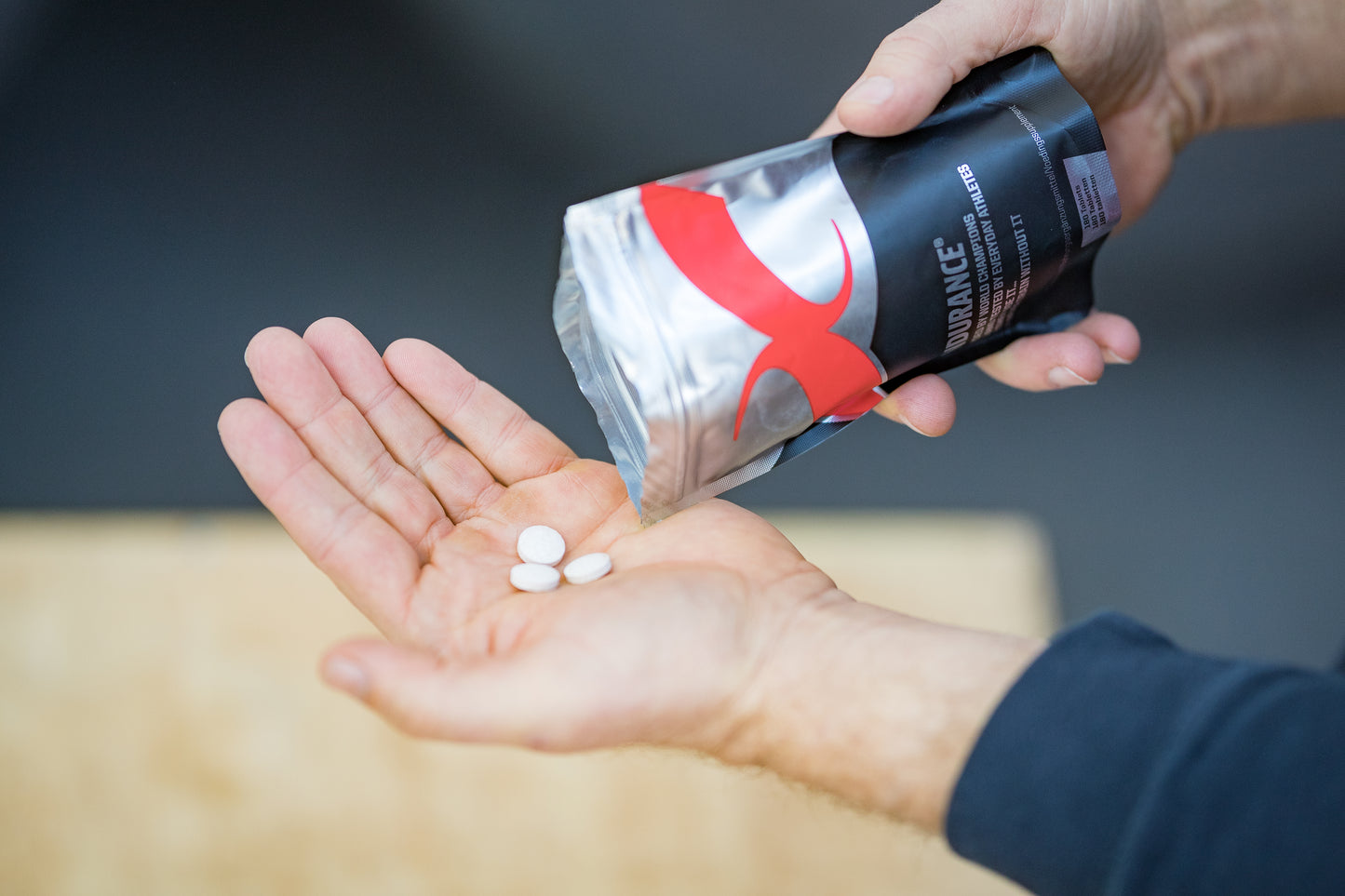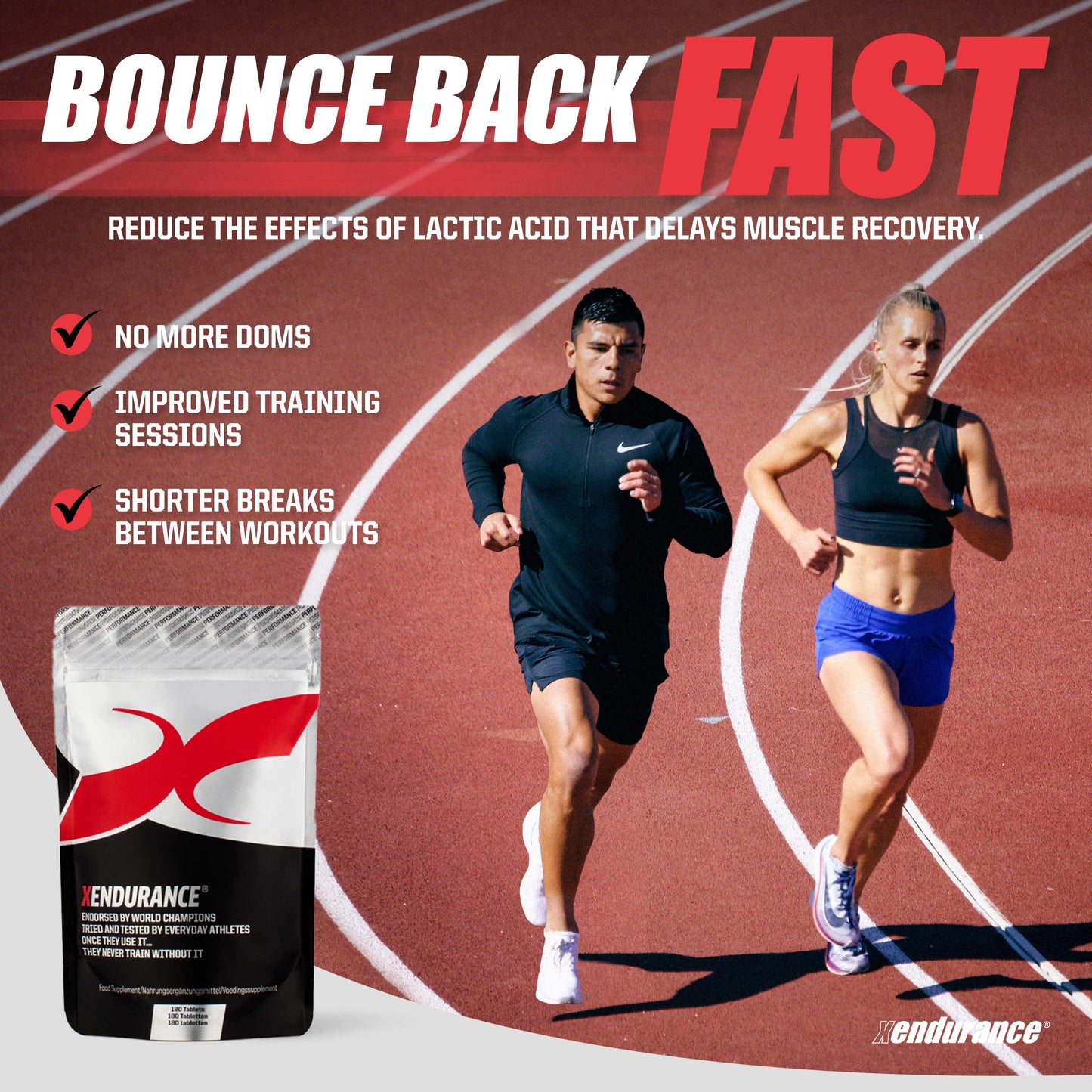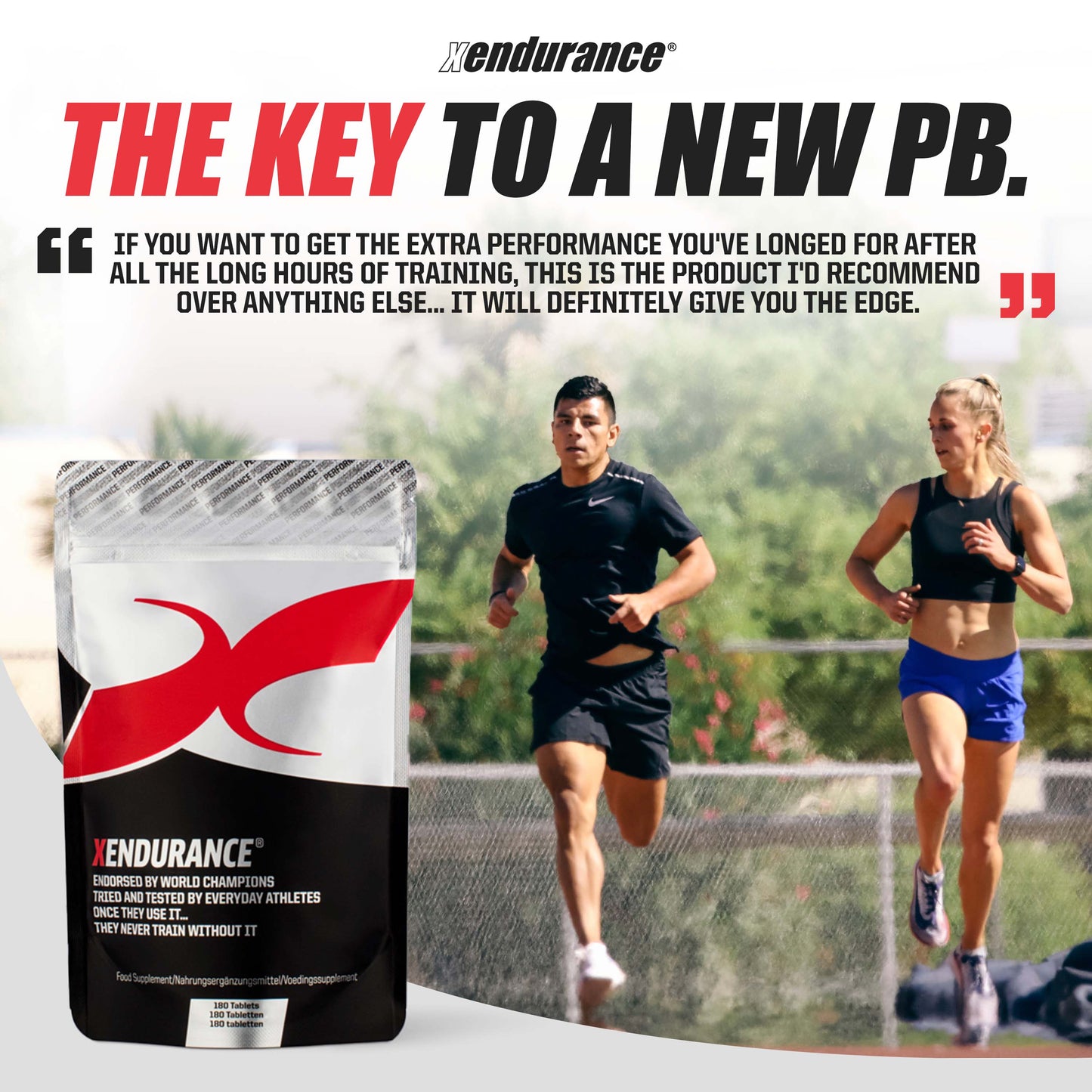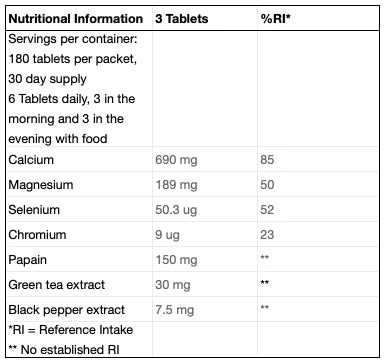Runners and triathletes have been doing anaerobic threshold runs—also known as lactate threshold runs, threshold runs and tempo runs—for ages. Within the past several years however, the primary physiological rationale for these workouts has been obliterated by advances in exercise science. Does this mean you no longer should do threshold runs? Of course it doesn’t! While threshold runs may not work in the way we once thought they did, they still work. But the new scientific rationale for threshold runs does free us up to approach them in a slightly different way.
In the past, threshold runs were defined as runs performed at lactate threshold speed, or the running speed (on flat terrain) just above which the blood lactate concentration increases rapidly. It was considered very important to run at precisely this speed in such workouts, because doing so would stimulate physiological adaptations that increased the lactate threshold far more effectively than running a little slower or faster would do. Therefore runners and triathletes took great pains to measure their lactate threshold and lock onto it with the aid of heart rate monitors and split times in workouts.
The problem with this rationale is the lactate threshold is not a precise phenomenon. Several different protocols are used to measure it, and each produces results that are slightly different from those yielded by the other methods. There is also evidence the lactate threshold is sensitive to conditions such as fatigue and therefore changes a bit from day to day. Consequently, nobody is really able to train consistently at precisely lactate threshold intensity. Thus the lactate threshold exists only fuzzily in theory and not at all in practice.
What’s more, there is no evidence that training at precisely lactate threshold intensity stimulates special and unique physiological adaptations that training at slightly higher and lower intensities fails to match. Consider a study by British researchers in which 14 moderately trained runners were separated into two groups that followed slightly different training schedules for four weeks. Members of one group incorporated two conventional threshold workouts—consisting of continuous running at lactate threshold intensity—into their weekly regimen. (Actually, they ran at maximal lactate steady state speed, which is considered synonymous with lactate threshold speed by some scientists and slightly below lactate threshold speed by others, including these researchers.) The second group of runners did a matching amount of variable-intensity workouts in which they alternated between running 0.5 km/hr faster than lactate threshold speed and 0.5 km/hr slower than lactate threshold speed.
Before and after the four-week training period, all of the runners were tested for their maximum lactate steady state speed and their lactate threshold speed. Those who did traditional threshold runs saw a bigger improvement in their velocity and power at maximal lactate steady state speed than those who did the variable-intensity workouts, who in turn saw a bigger improvement in their lactate threshold speed, which was fairly close to the speed at which they performed the faster segments of their workouts. What do we learn from these results? Runners seem to improve more at the speed they focus on in workouts, whether that speed is at, above or below the lactate threshold.
This study is just one of many recent studies whose results suggest it is rather pointless to base workout intensities on targeted physiological states or desired physiological adaptations. Consider another recent study on exercise at maximal lactate steady state intensity, this one involving cycling. French researchers tested 11 cyclists to determine the power output level that correlated with their maximal lactate steady state on a bicycle ergometer and then asked them to pedal at this power level until they were too tired to sustain it a second longer. The researchers monitored a number of physiological variables throughout the test with a view toward isolating the cause of their fatigue. Interestingly, they found that although heart rate, breathing rate, blood carbon dioxide pressure, blood lactate concentration and muscle acidity increased significantly, none of these variables reached the level associated with exhaustion during a maximal exercise test. In other words, there was no single cause of fatigue at maximal lactate steady state intensity.
So where does this leave us? We know it is impossible to consistently train precisely at lactate threshold intensity, no matter how hard we try. We know that nothing magical happens at this intensity anyway. And we know that training at intensities slightly above and below the lactate threshold is equally beneficial in somewhat different ways. In my view, there are several practical implications of this knowledge. First, you need not bother figuring out what your lactate threshold heart rate or running pace is. Instead, keep it simple and base your threshold workout intensities on your performance profile, or how fast you can run in races. Second, don’t target a single intensity all the time in your threshold workouts. Instead, do threshold workouts at a variety of pace levels within a range.
There are two other things we know about lactate threshold training that should also be factored into your approach to threshold workouts. First, training at or near lactate threshold speed increases one’s time limit at lactate threshold speed (that is, how long you can sustain this velocity) to a far greater degree than it increases lactate threshold speed itself. Second, a modest amount of threshold training is better than a lot. In a well-designed long-term study involving high-level runners, those who did one threshold workout per week improved more than those who did two.
Finally, I hold an experience- and common sense-based belief that every triathlete and runner should do some amount of threshold training throughout the training cycle. Doing just a mile or two of threshold running each week even in the early base phase of training will enable you to develop this aspect of your overall fitness faster and to a higher level once you get serious about it. A good way to start is with progression runs, in which you run a few easy miles and then run a mile or two at your marathon pace (not the pace at which you would run a marathon today but the pace at which you would run a marathon in peak shape, or 11-12 percent slower than your best 10K race pace).
After doing a few such runs, begin extending the progressions a bit and including some half-marathon-pace running (5-6 percent slower than your best 10K pace) within them. Your toughest progression run should not be particularly challenging—say, 4-8 easy miles followed by 1.5 miles at marathon pace and 1.5 miles at half-marathon pace. When you reach this level, it’s time to switch over to formal threshold workouts. The precise structure of these workouts doesn’t matter. Precision in general is overrated in training. It’s the direction, or evolution, of your threshold workouts that matters. Simply put, your threshold workouts should evolve in the direction of becoming more race-specific in the challenge they impose. The general idea is to gradually increase the duration you can sustain your peak marathon, half-marathon and 10K race pace by gradually increasing the amount of time you spend running at these pace levels in your threshold workouts. This approach will also serve to gradually close the gap between your current and peak marathon, half-marathon and 10K race paces.
If you’re training for sprint and/or Olympic-distance triathlons, emphasise marathon pace in your earliest threshold runs and then shift the emphasis to half-marathon pace and finally 10K pace, which is the most race-specific of the three thresholds. If you’re training for Ironman 70.3 events, maintain a more even balance among the three thresholds, with a modest prioritisation of marathon pace and 10K pace over half-marathon pace until the final six weeks before competition, when half-marathon pace should get the priority. If you’re training for an Ironman, emphasise 10K pace in your earliest threshold runs, then half-marathon pace and finally marathon pace.
If you’re a slower runner, you should bias your training a little more toward half-marathon and 10K pace. That’s because slower runners can handle more training at these pace levels than faster runners, as these pace levels represent a lower relative intensity for slower runners. For example, 10K pace corresponds to roughly 95 percent of VO2max for a 33-minute 10K runner, but only 85 percent of VO2max for a 60-minute 10K runner. We can’t ignore physiology completely.
To illustrate these ideas, here’s a full 18-week threshold training progression that’s appropriate for a moderately competitive triathlete training for an Olympic-distance event:
|
Progression Run 4 miles easy 1 mile @ marathon pace |
|
Progression Run 5 miles easy 1 mile @ marathon pace |
|
Progression Run 5 miles easy 1.5 miles @ marathon pace |
|
Progression Run 5 miles easy 1 mile @ marathon pace 1 mile @ half-marathon pace |
|
Progression Run 5 miles easy 1.5 miles @ marathon pace 1 mile @ half-marathon pace |
|
Progression Run 5 miles easy 1.5 miles @ marathon pace 1.5 miles @ half-marathon pace |
Threshold Run1 mile easy 4 miles @ marathon pace 1 mile easy |
|
Threshold Run 1 mile easy 2 miles @ marathon pace 0.5 mile easy 2 miles @ half-marathon pace 1 mile easy |
|
Threshold Run 1 mile easy 6 miles @ marathon pace 1 mile easy |
|
Threshold Run 1 mile easy 3 miles @ marathon pace 0.5 mile easy 2 miles @ half-marathon pace 1 mile easy |
|
Threshold Run 1 mile easy 5 miles @ half-marathon pace 1 mile easy |
|
Threshold Run 1 mile easy 2 miles @ marathon pace 0.5 mile easy 3 miles @ half-marathon pace 1 mile easy |
|
Threshold Run 1 mile easy 3 miles @ half-marathon pace 0.5 mile easy 2 miles @ 10K pace 1 mile easy |
|
Threshold Run 1 mile easy 2 miles @ marathon pace 0.5 mile easy 2 miles @ half-marathon pace 0.5 mile easy 2 miles @ 10K pace 1 mile easy |
|
Threshold Run 1 mile easy 4 miles @ 10K pace 1 mile easy |
|
Threshold Run 1 mile easy 2 miles @ half-marathon pace 0.5 mile easy 3 miles @ 10K pace 1 mile easy |
|
Threshold Run 1 mile easy 5 miles @ 10K pace 1 mile easy |
|
Threshold Run 1 mile easy 4 miles @ 10K pace 1 mile easy |





